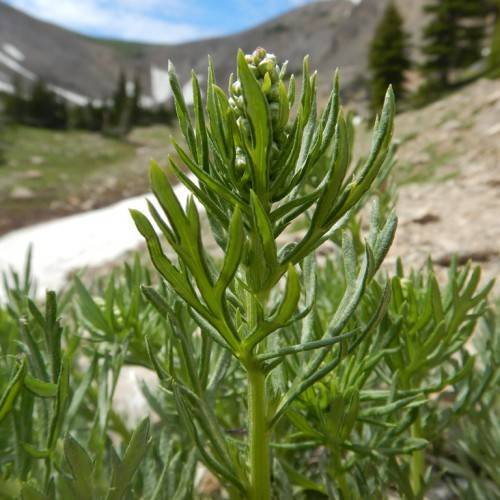
Michaux's Mugwort
Artemisia michauxiana
Also Known As - Michaux's WormwoodWatering:
Minimal
Hardiness Zone:
Flowers:
Flowers
Sun:
Sun
Soil:
Clay, Sand, Loam
Leaf:
Yes
Growth Rate:
Low
Drought Tolerant:
Yes
Salt Tolerant:
Yes
Care Level:
Low
watering
Prairie Sage plants need regular watering for optimal growth and health. During the spring and summer seasons, the plant can take as much water as it needs. However, during the drought prone months of autumn and winter, the plant should be watered less often and with less water for best growth. The best way to water a Prairie Sage plant is to water periodically and thoroughly. This will encourage its roots to spread out and will allow it to become established in its environment. When watering, avoid wetting the leaves as excess moisture may cause disease. Apply about 1 inch of water to the surrounding soil once per week if there is no rainfall. If it's been raining, wait until the soil has dried out before watering.
sunlight
Prairie Sage (Artemisia ludoviciana subsp. ludoviciana) requires full sun for the best growth, typically at least 6 hours each day. Sunlight from early morning to late afternoon is ideal for providing the heat and light that this species needs in order to flourish. Too much shade or partial shade can cause leggy growth and poor flower production. When planted in full sun, Prairie Sage will thrive in temperatures ranging from 70–80°F and will tolerate heat up to 100°F.
pruning
Prairie Sage should be pruned twice per year, once in early spring and again in late summer. When pruning in early spring, remove any dead or damaged branches and trim back stems to maintain a pleasing shape. When pruning in late summer, focus on removing spent flower stalks and any branches that are overgrowing the desired shape. Do not prune too severely as this can harm your plant’s health; only remove a quarter of the stems at a time, leaving the center of the plant intact. Pruning your Prairie Sage in this way will help the plant stay healthy and promote more flowers.
